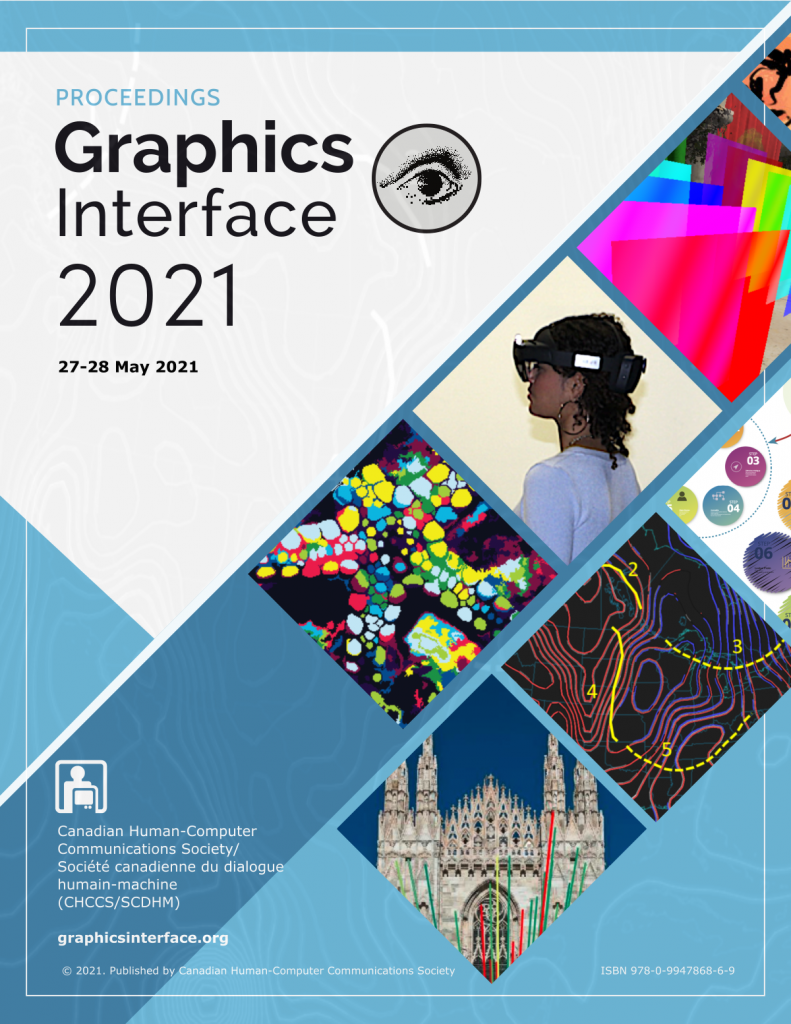Video
BibTex
@inproceedings{Feiz:2021:10.20380/GI2021.18,
author = {Feiz, Shirin and Borodin, Anatoliy and Bi, Xiaojun and Ramakrishnan, IV},
title = {Towards Enabling Blind People to Fill Out Paper Forms with a Wearable Smartphone Assistant},
booktitle = {Proceedings of Graphics Interface 2021},
series = {GI 2021},
year = {2021},
issn = {0713-5424},
isbn = {978-0-9947868-6-9},
location = {Virtual Event},
pages = {156 -- 165},
numpages = {10},
doi = {10.20380/GI2021.18},
publisher = {Canadian Information Processing Society},
}
Abstract
We present PaperPal, a wearable smartphone assistant which blind people can use to fill out paper forms independently. Unique features of PaperPal include: a novel 3D-printed attachment that transforms a conventional smartphone into a wearable device with adjustable camera angle; capability to work on both flat stationary tables and portable clipboards; real-time video tracking of pen and paper which is coupled to an interface that generates real-time audio read outs of the form's text content and instructions to guide the user to the form fields; and support for filling out these fields without signature guides. The paper primarily focuses on an essential aspect of PaperPal, namely an accessible design of the wearable elements of PaperPal and the design, implementation and evaluation of a novel user interface for the filling of paper forms by blind people. PaperPal distinguishes itself from a recent work on smartphonebased assistant for blind people for filling paper forms that requires the smartphone and the paper to be placed on a stationary desk, needs the signature guide for form filling, and has no audio read outs of the form's text content. PaperPal, whose design was informed by a separate wizard-of-oz study with blind participants, was evaluated with 8 blind users. Results indicate that they can fill out form fields at the correct locations with an accuracy reaching 96.7%.





















































